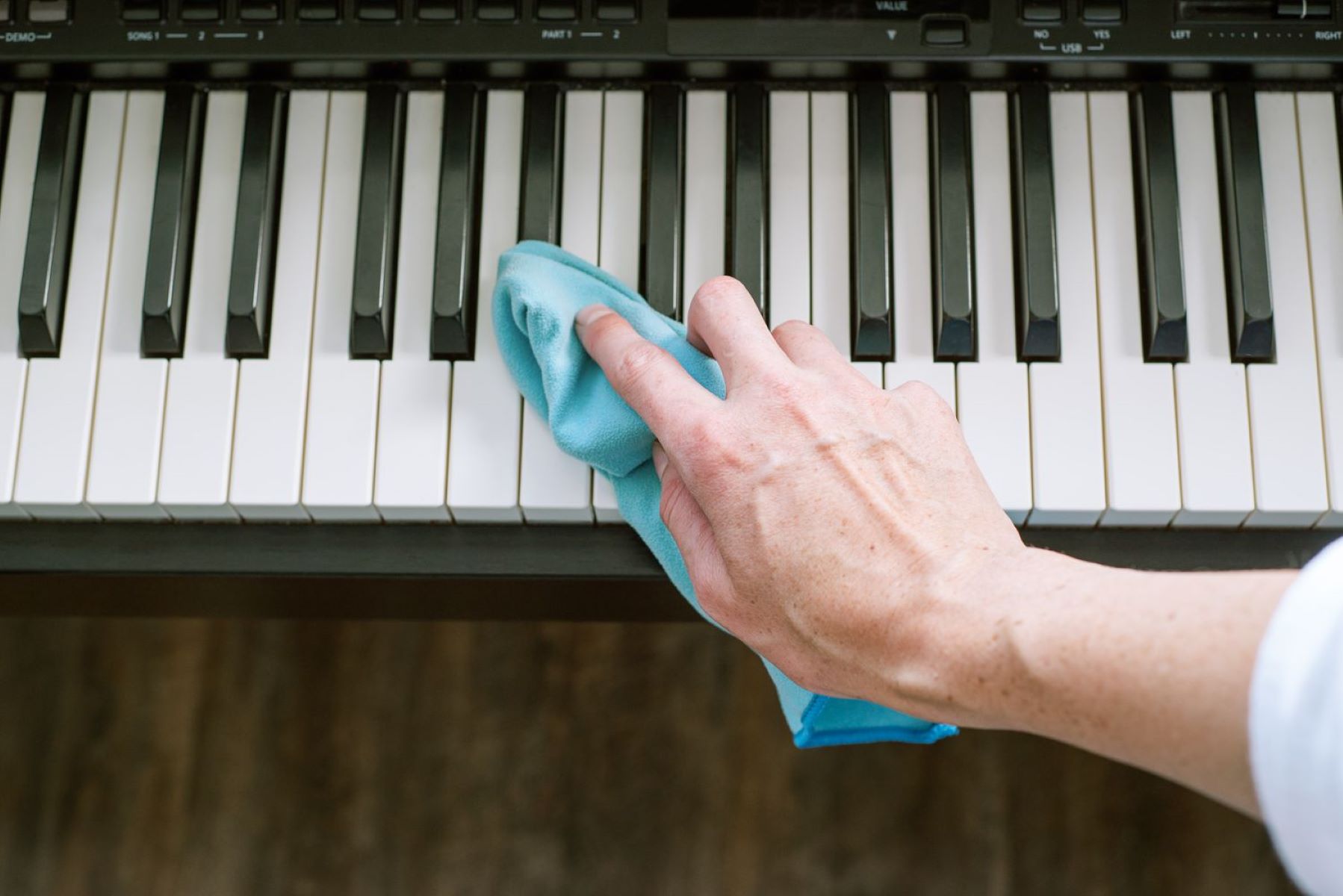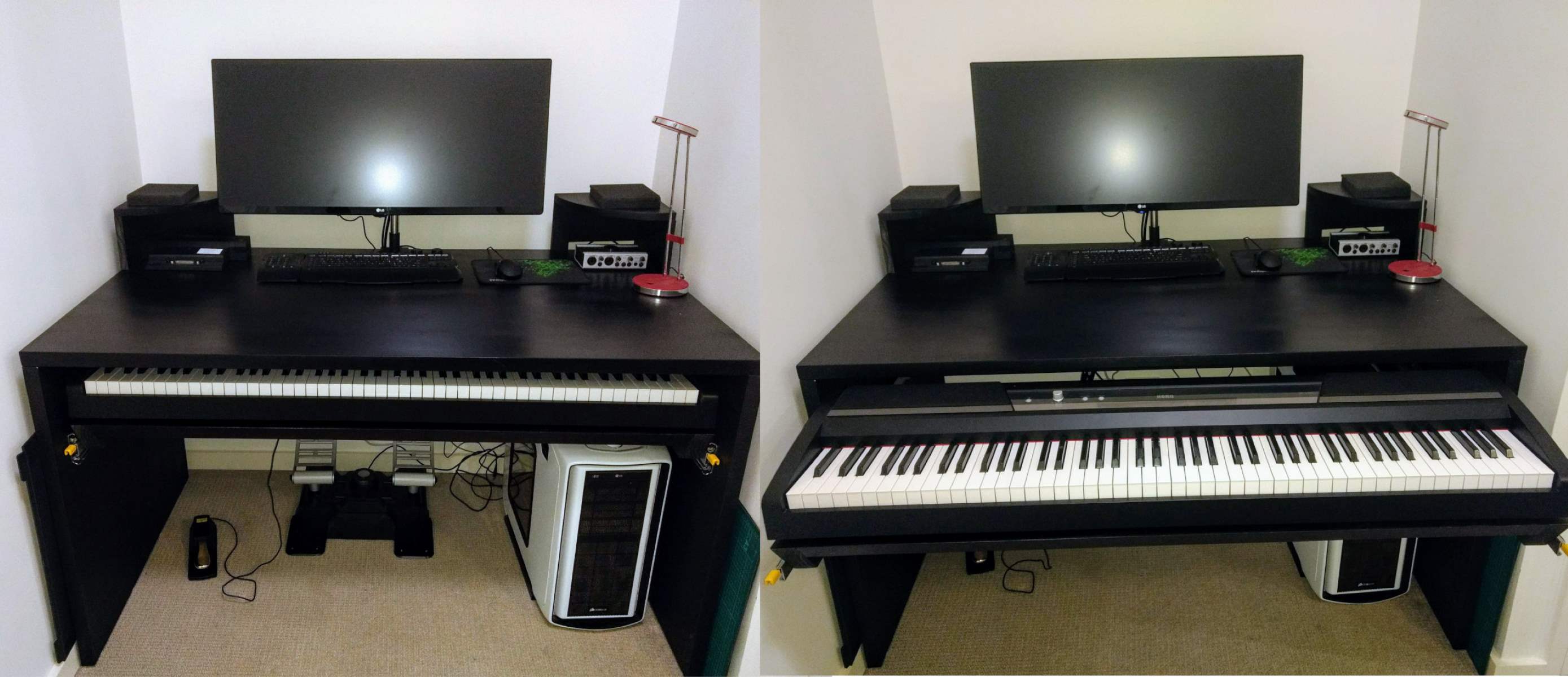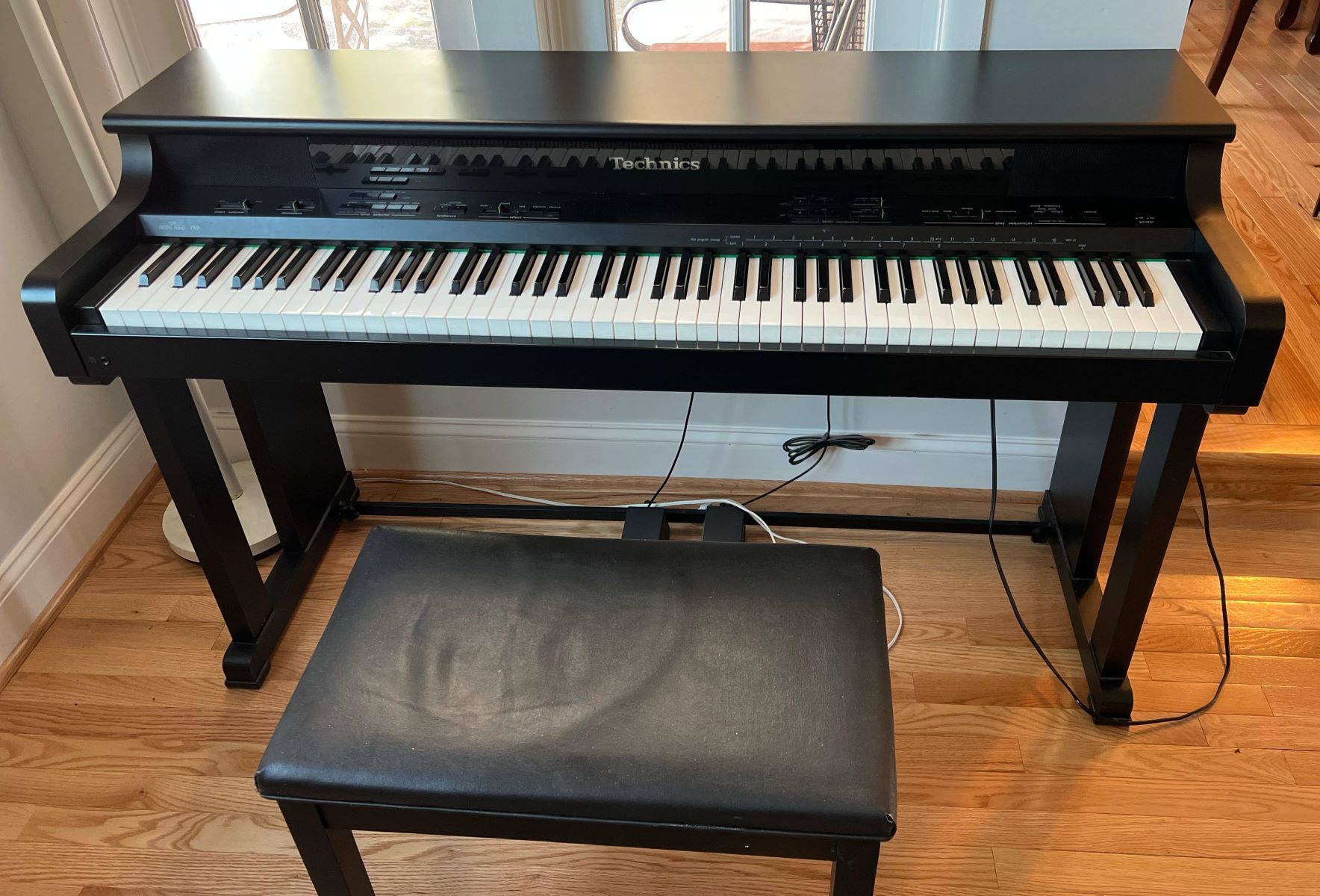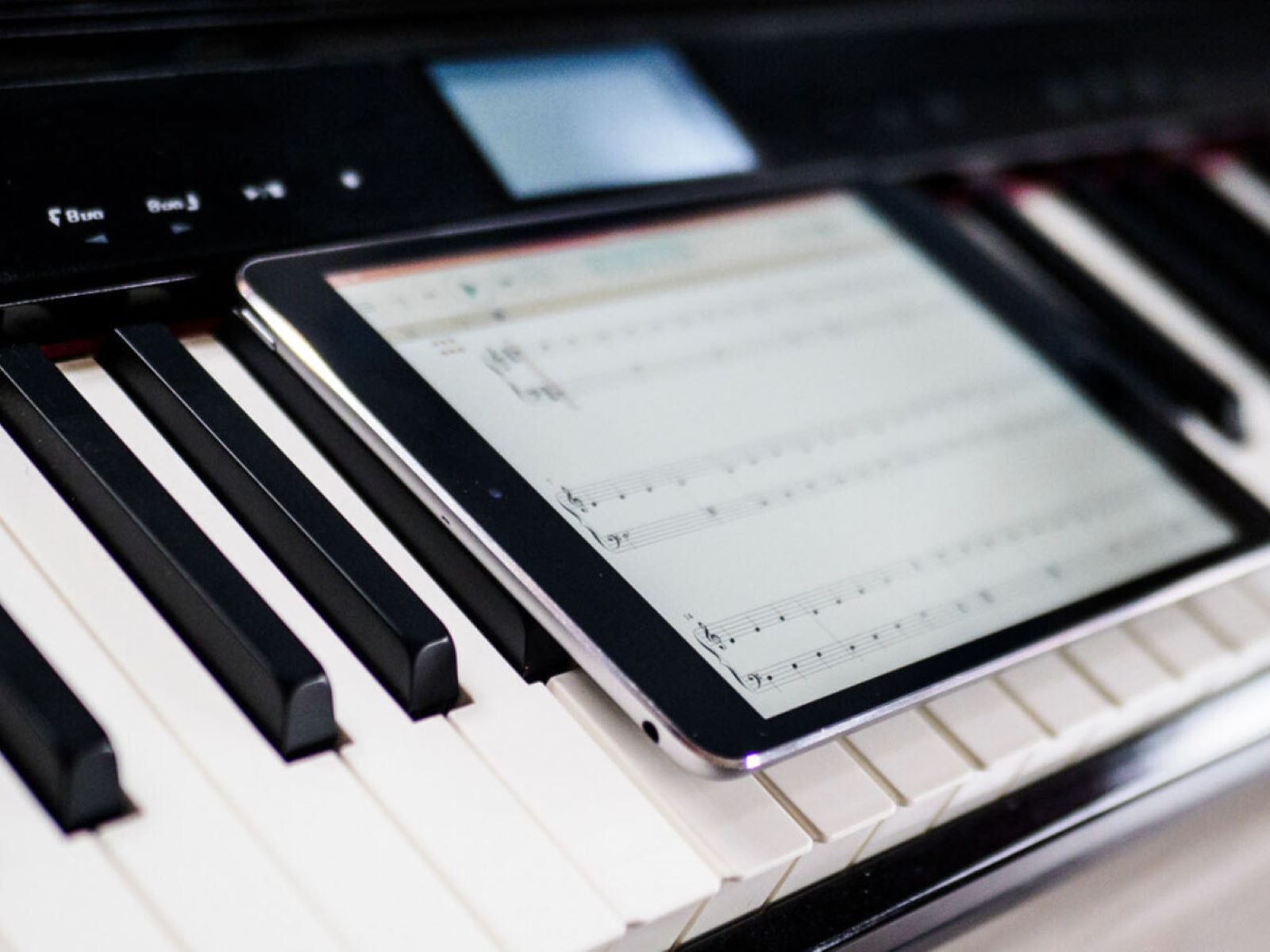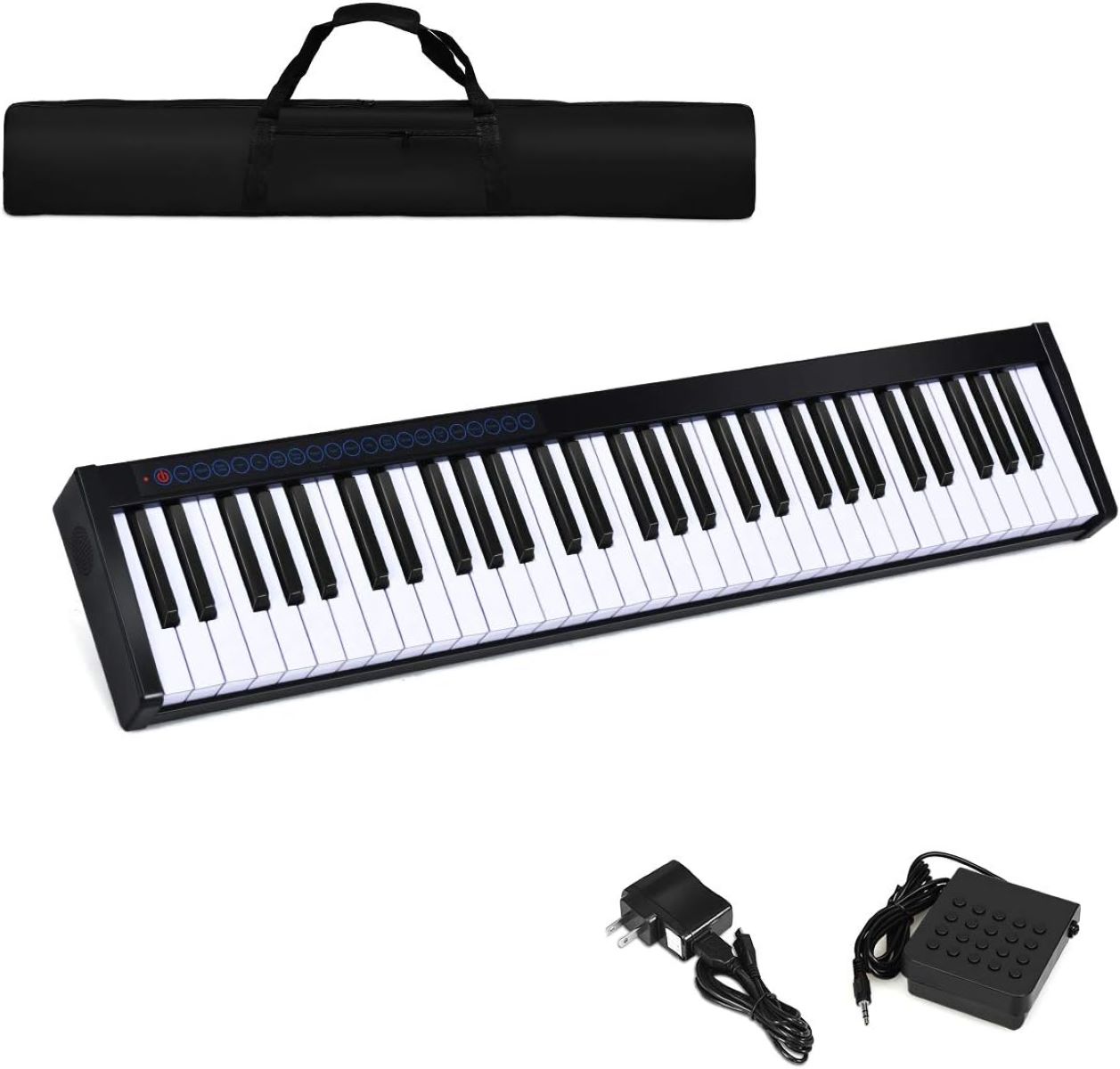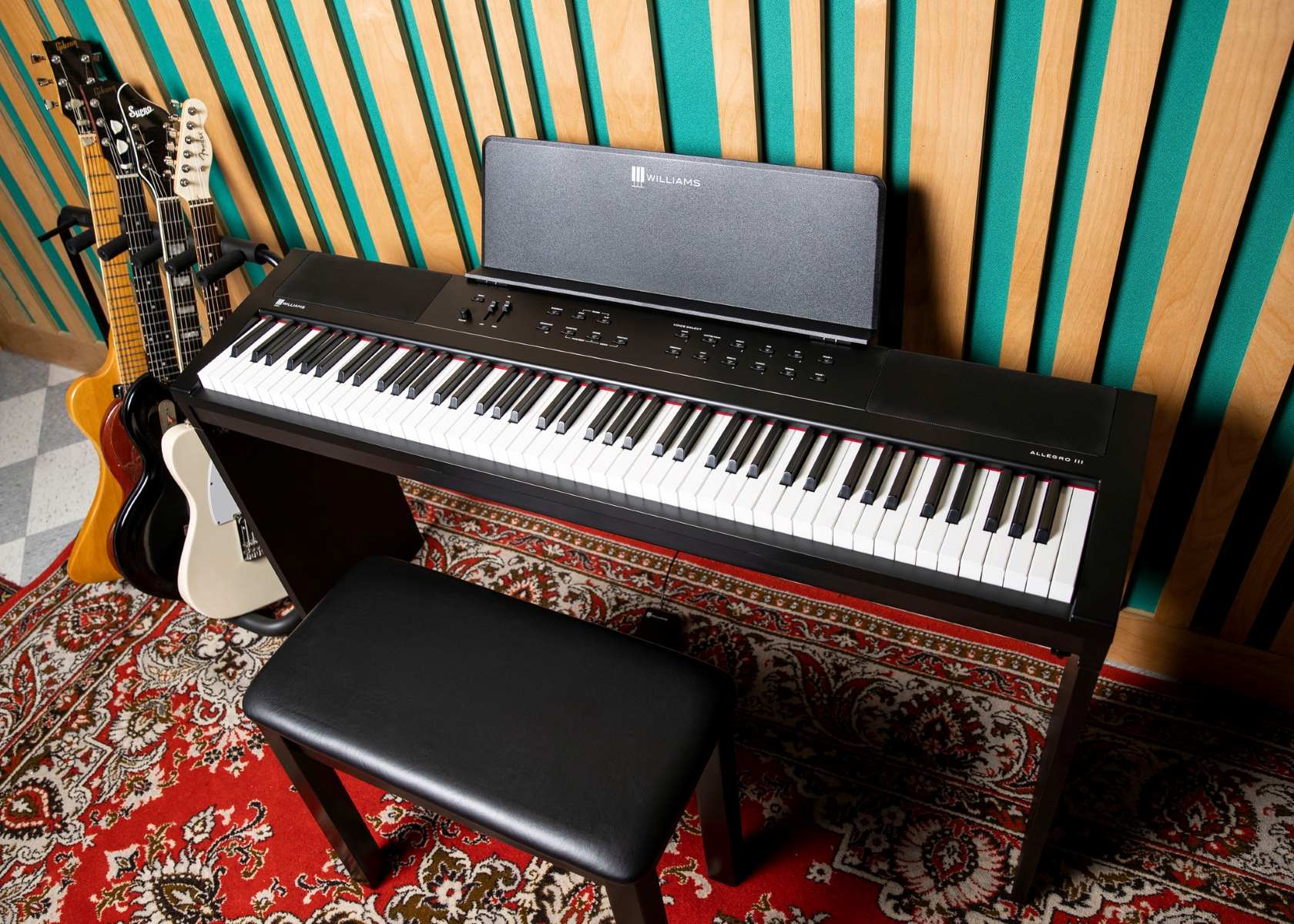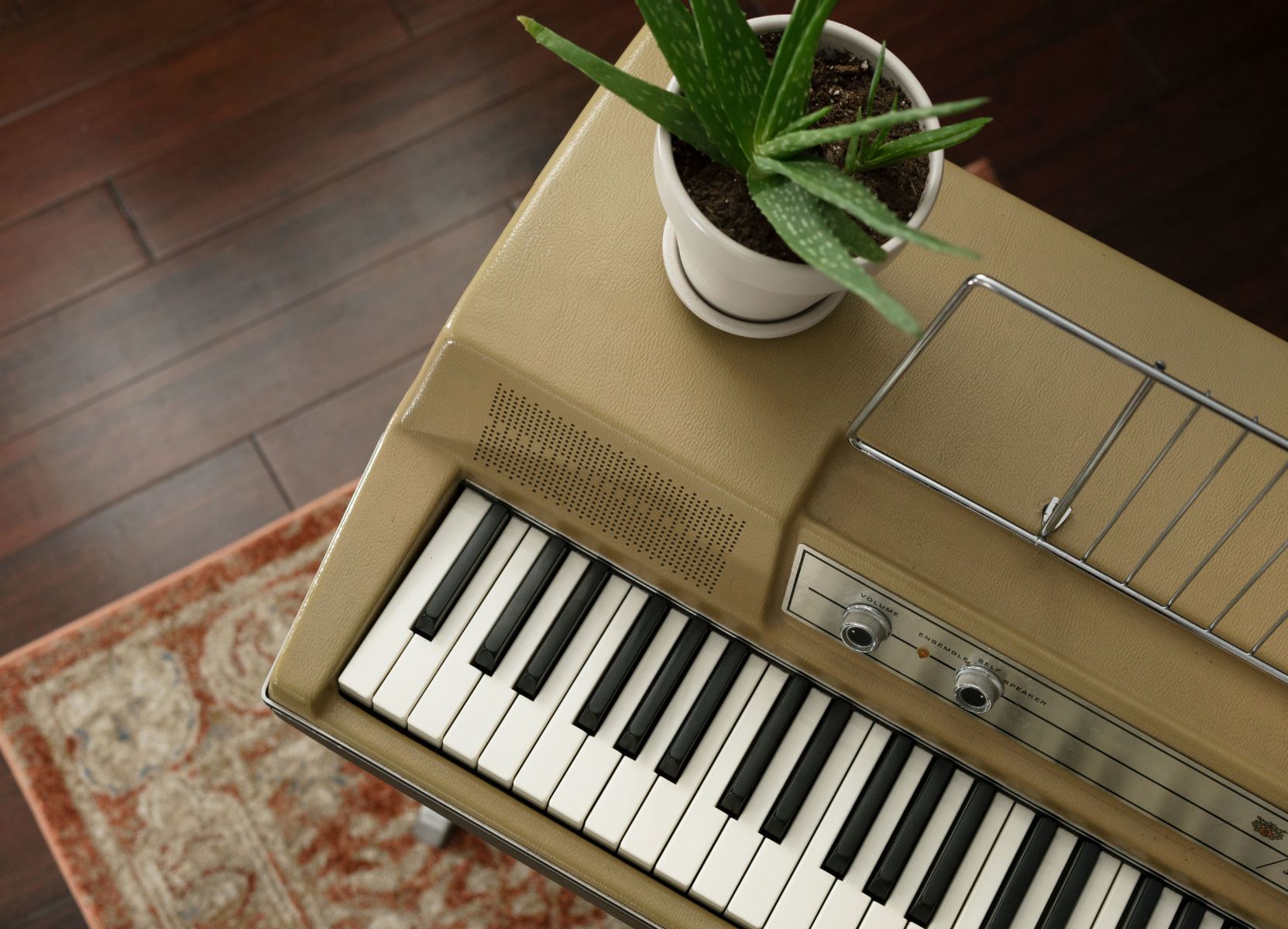Introduction
So, you've got a digital piano that you love to play, but it's starting to look a little worse for wear. Dust, fingerprints, and grime can accumulate on the keys, pedals, and exterior of your digital piano, affecting its appearance and potentially its performance. Regular cleaning not only keeps your instrument looking great but also helps maintain its functionality for years to come.
Cleaning a digital piano may seem like a daunting task, especially if you're unsure of the proper methods and materials to use. However, with the right approach and a few simple supplies, you can easily keep your digital piano in top condition.
In this guide, we'll walk you through the step-by-step process of cleaning your digital piano, covering everything from gathering the necessary supplies to maintaining its pristine condition. Whether you're a seasoned pianist or just starting out, taking care of your instrument is essential for preserving its beauty and ensuring that it continues to produce beautiful music.
By following these cleaning and maintenance tips, you'll not only keep your digital piano looking and performing its best but also prolong its lifespan, allowing you to enjoy playing it for years to come. Let's dive into the details and learn how to give your digital piano the care and attention it deserves.
Step 1: Gather Your Supplies
Before you begin cleaning your digital piano, it’s essential to gather the necessary supplies to ensure a thorough and safe cleaning process. Here’s what you’ll need:
- Microfiber cloths: These soft, lint-free cloths are ideal for dusting and cleaning the exterior of your digital piano without scratching or leaving behind fibers.
- Keyboard cleaner: Look for a specially formulated keyboard cleaner that is safe for use on digital piano keys. Avoid using harsh chemicals or abrasive cleaners that could damage the keys or their sensitive mechanisms.
- Isopropyl alcohol: A small amount of isopropyl alcohol can be used to disinfect and clean the keys, particularly if they are visibly soiled or sticky. Be sure to use it sparingly and apply it to a cloth rather than directly onto the keys.
- Cotton swabs: These are useful for reaching small crevices and cleaning hard-to-reach areas around the keys and controls.
- Compressed air: A can of compressed air can help remove dust and debris from the nooks and crannies of your digital piano, particularly around the controls and screen.
- Soft brush: A soft-bristled brush or a clean, dry paintbrush can be used to gently brush away dust and dirt from the exterior and around the pedals.
- Water and mild soap: In some cases, a mild soap solution and water may be used to clean the exterior surfaces of the digital piano. However, always check the manufacturer’s recommendations before using any liquid cleaners.
By having these supplies on hand, you’ll be well-equipped to tackle the cleaning process efficiently and effectively, ensuring that your digital piano receives the care it needs without risking damage to its delicate components. With the right tools at your disposal, you can proceed with confidence to the next steps of cleaning and maintaining your instrument.
Step 2: Dusting the Exterior
Keeping the exterior of your digital piano free from dust and debris not only enhances its appearance but also prevents particles from finding their way into the internal components. Here’s how to effectively dust the exterior of your digital piano:
- Power Off: Before you begin, ensure that your digital piano is powered off and unplugged to avoid any electrical hazards during the cleaning process.
- Use a Microfiber Cloth: Gently wipe down the exterior surfaces of the piano with a clean, dry microfiber cloth. This will help remove dust and smudges without scratching or damaging the finish.
- Pay Attention to Detail: Pay special attention to areas around knobs, buttons, and the display screen, as dust tends to accumulate in these spaces. Use a soft brush or compressed air to dislodge and remove stubborn dust particles from these areas.
- Check for Spills: If there are any spills or stains on the exterior, use a damp microfiber cloth with a mild soap solution to gently clean the affected areas. Be sure to dry the surface thoroughly to prevent moisture from seeping into the piano.
- Inspect and Polish: After dusting, inspect the piano for any remaining spots or smudges. If necessary, use a clean, dry microfiber cloth to gently polish the surfaces, restoring their luster and shine.
Regular dusting of the exterior not only maintains the visual appeal of your digital piano but also contributes to its overall longevity by preventing dust and dirt from accumulating within the instrument. With these simple steps, you can keep your digital piano looking clean and well-maintained, ready to inspire you to create beautiful music whenever you sit down to play.
Step 3: Cleaning the Keys
The keys of your digital piano are not only essential for playing music but also prone to accumulating dust, dirt, and oils from your fingers over time. Properly cleaning the keys is crucial for maintaining their appearance and ensuring smooth, consistent performance. Here’s how to clean the keys of your digital piano:
- Gentle Dusting: Begin by using a soft, dry microfiber cloth to gently remove any loose dust and debris from the keys. Wipe each key individually, paying attention to the spaces between the keys where dust can accumulate.
- Using Isopropyl Alcohol: For more stubborn dirt, fingerprints, or sticky residue, lightly dampen a microfiber cloth with a small amount of isopropyl alcohol. Gently wipe the keys, taking care not to let any liquid seep between the keys or into the internal mechanisms.
- Detailing with Cotton Swabs: To clean the edges and crevices around the keys, use cotton swabs lightly moistened with isopropyl alcohol. This allows you to reach areas that are difficult to access with a cloth, ensuring a thorough cleaning.
- Drying the Keys: After cleaning, use a dry microfiber cloth to wipe the keys again, removing any residual moisture and ensuring that they are completely dry before you resume playing.
- Preventing Future Buildup: To minimize future buildup of dirt and oils, consider using a dedicated keyboard cover when the piano is not in use. This simple measure can help protect the keys from dust and maintain their cleanliness for longer periods.
By following these steps, you can keep the keys of your digital piano clean and well-maintained, preserving their appearance and responsiveness for years to come. Regular cleaning not only enhances the visual appeal of your instrument but also ensures that every keystroke produces the beautiful music you love.
Step 4: Cleaning the Screen and Controls
Just like the keys and exterior, the screen and controls of your digital piano require regular cleaning to maintain their functionality and visual appeal. Here’s how to effectively clean the screen and controls:
- Power Off: Before cleaning the screen and controls, ensure that your digital piano is powered off and unplugged to prevent any electrical mishaps.
- Use Compressed Air: Begin by using a can of compressed air to blow away dust and debris from the screen and control buttons. Hold the can upright and use short bursts to dislodge any particles without causing damage.
- Microfiber Cloth: Gently wipe the screen and control surfaces with a clean, dry microfiber cloth to remove any remaining dust or smudges. If necessary, lightly dampen the cloth with water to tackle stubborn spots, but avoid using excessive moisture near electronic components.
- Detailing with Cotton Swabs: For small crevices and hard-to-reach areas around the controls, use cotton swabs lightly moistened with water to carefully clean these areas. Be gentle to avoid damaging the sensitive electronic components.
- Inspect and Dry: After cleaning, inspect the screen and controls for any remaining dirt or smudges. Use a dry microfiber cloth to gently dry the surfaces, ensuring that no moisture is left behind.
By following these steps, you can keep the screen and controls of your digital piano free from dust and grime, ensuring that they remain responsive and easy to use. Regular maintenance of these components not only enhances the visual appeal of your instrument but also contributes to a seamless playing experience every time you sit down to create music.
Step 5: Cleaning the Pedals
The pedals of your digital piano play a crucial role in shaping the dynamics and expression of your music. Over time, they can accumulate dust and dirt, affecting their performance and appearance. Here’s how to effectively clean the pedals of your digital piano:
- Inspect the Pedals: Begin by examining the pedals for any visible dust, dirt, or smudges. Take note of any areas that may require focused cleaning attention.
- Use a Soft Brush: Gently brush the surface of the pedals with a soft-bristled brush or a clean, dry paintbrush to remove loose dust and debris. Pay attention to the edges and corners where dirt may accumulate.
- Clean with a Microfiber Cloth: Wipe the pedals with a clean, dry microfiber cloth to remove any remaining dust and smudges. If necessary, lightly dampen the cloth with water to tackle stubborn spots, ensuring that the pedals are completely dry afterward.
- Detailing with Cotton Swabs: For intricate areas or small crevices around the pedals, use cotton swabs lightly moistened with water to carefully clean these spaces. Be thorough but gentle to avoid damaging the pedal mechanisms.
- Inspect and Polish: After cleaning, inspect the pedals for any remaining dirt or marks. If needed, use a dry microfiber cloth to gently polish the pedals, restoring their appearance and ensuring that they remain free from dust and grime.
By following these steps, you can keep the pedals of your digital piano clean and well-maintained, ensuring that they continue to respond accurately to your playing and contribute to the expressive nuances of your music. Regular cleaning not only enhances the visual appeal of your instrument but also ensures that the pedals remain reliable and responsive, allowing you to convey your musical expression with confidence.
Step 6: Maintenance Tips
Aside from regular cleaning, there are additional maintenance tips that can help preserve the condition and performance of your digital piano. Consider the following recommendations to ensure the longevity of your instrument:
- Keep it Covered: When not in use, consider using a dedicated keyboard cover to protect the keys and controls from dust, spills, and debris. This simple measure can significantly reduce the frequency of thorough cleanings and preserve the pristine condition of your digital piano.
- Maintain a Stable Environment: Position your digital piano in a stable environment, away from direct sunlight, extreme temperatures, and humidity. Fluctuations in temperature and humidity can affect the internal components and the exterior finish of the instrument.
- Regular Inspections: Periodically inspect the piano for any signs of wear, loose components, or mechanical issues. Addressing any issues promptly can prevent further damage and ensure that your digital piano continues to perform optimally.
- Follow Manufacturer’s Guidelines: Refer to the manufacturer’s guidelines and recommendations for cleaning and maintenance specific to your digital piano model. Adhering to these guidelines can help you avoid using products or methods that may damage the instrument.
- Professional Servicing: If you encounter any technical issues or concerns about the performance of your digital piano, consider seeking professional servicing from a qualified technician. Regular maintenance and servicing can prolong the lifespan of your instrument and address any underlying issues.
By incorporating these maintenance tips into your routine, you can ensure that your digital piano remains in optimal condition, delivering exceptional performance and retaining its visual appeal for years to come. With a little care and attention, your digital piano will continue to inspire and accompany you on your musical journey, providing endless opportunities for creativity and expression.
Conclusion
Caring for your digital piano is not just about preserving its appearance; it’s about ensuring that it continues to inspire and accompany you on your musical journey. By following the step-by-step cleaning process and incorporating maintenance tips, you can maintain the beauty and functionality of your digital piano for years to come.
Regular cleaning of the exterior, keys, screen, controls, and pedals not only enhances the visual appeal of your instrument but also contributes to its longevity and performance. With the right supplies and gentle cleaning techniques, you can keep your digital piano looking and playing its best, allowing you to focus on creating beautiful music without distraction.
Additionally, the maintenance tips provided offer valuable insights into preserving the condition of your digital piano, ensuring that it remains a reliable and expressive instrument. By implementing these recommendations, you can create a stable and nurturing environment for your digital piano, safeguarding its components and finish from unnecessary wear and tear.
Ultimately, the care and attention you invest in cleaning and maintaining your digital piano reflect your dedication to your craft and your appreciation for the instrument. As you continue to create music and explore new musical horizons, your well-maintained digital piano will stand as a steadfast companion, ready to resonate with your creativity and expressiveness.
By incorporating these cleaning and maintenance practices into your routine, you are not only preserving the beauty and functionality of your digital piano but also honoring the artistry and passion that drive your musical pursuits. With each note you play, your well-cared-for digital piano will resonate with the care and dedication you have invested in its maintenance, creating a harmonious partnership that enriches your musical experiences.







